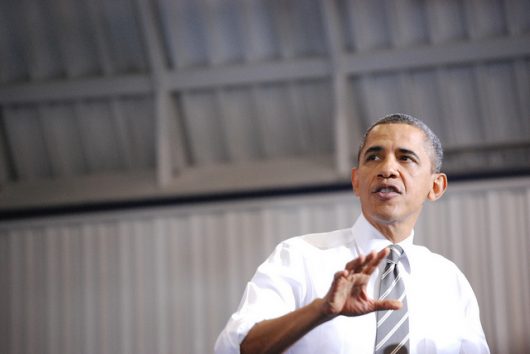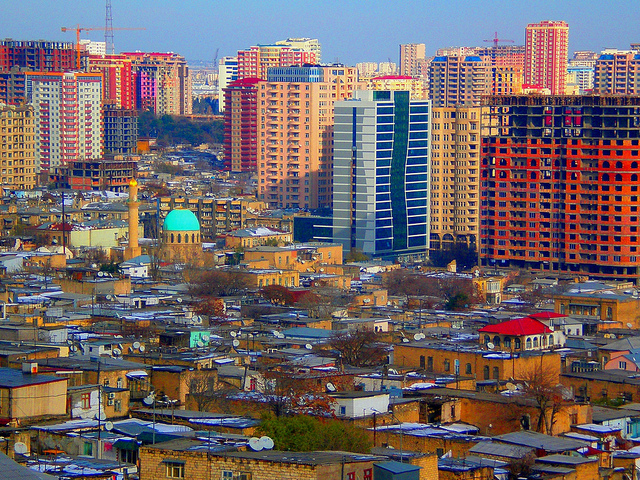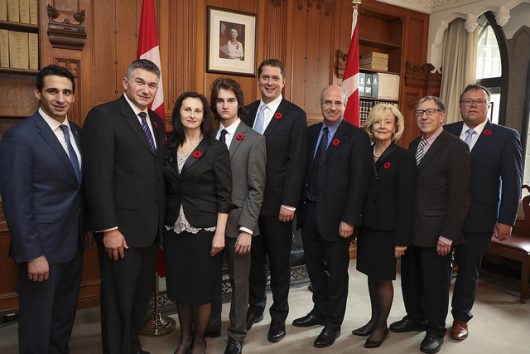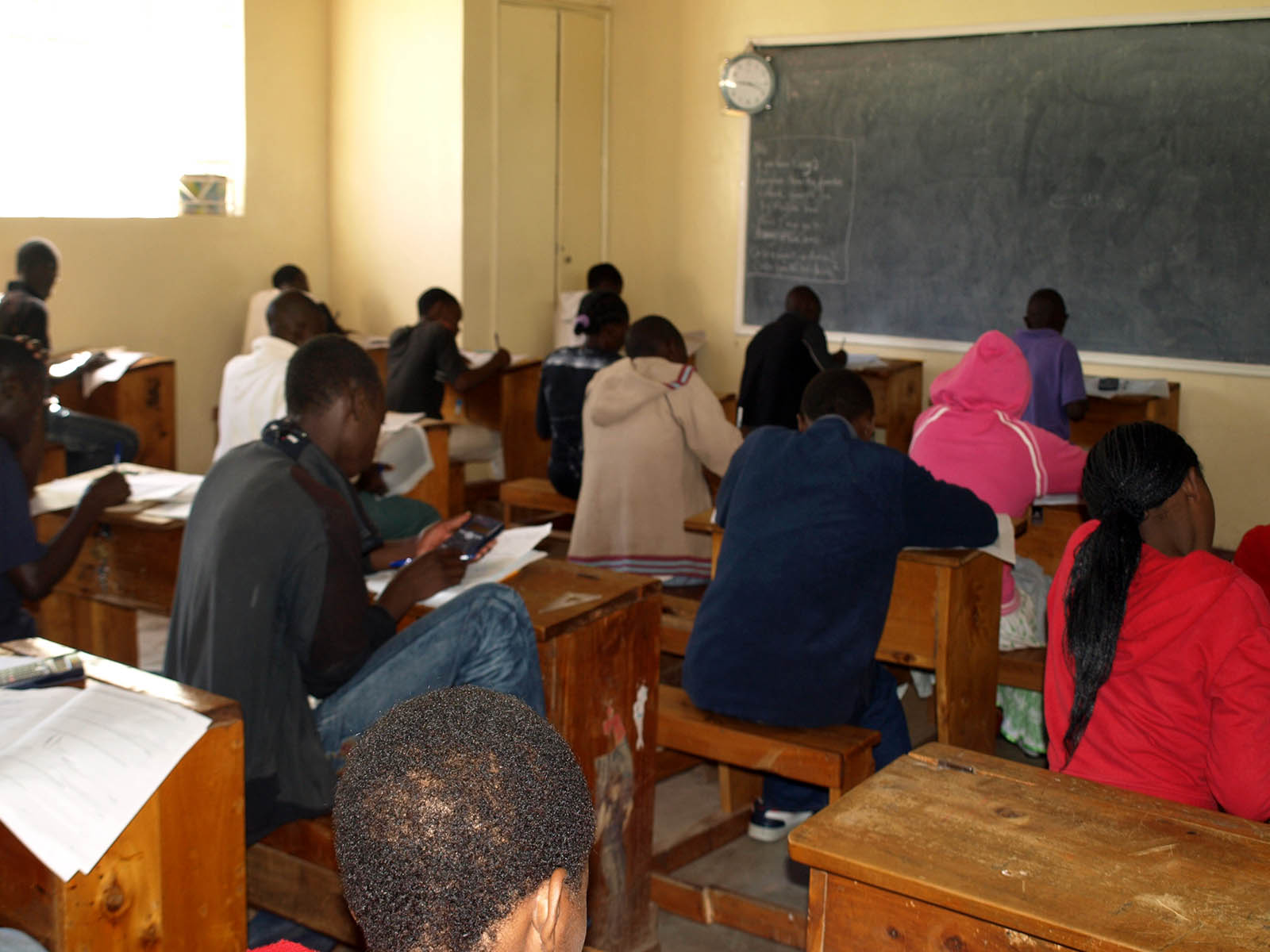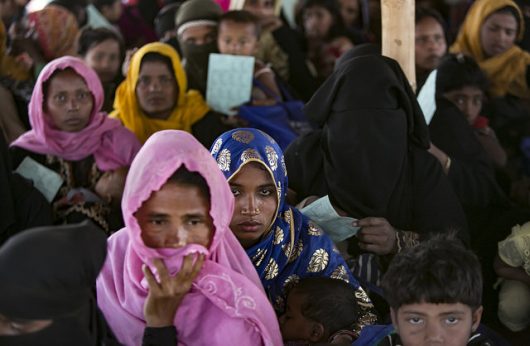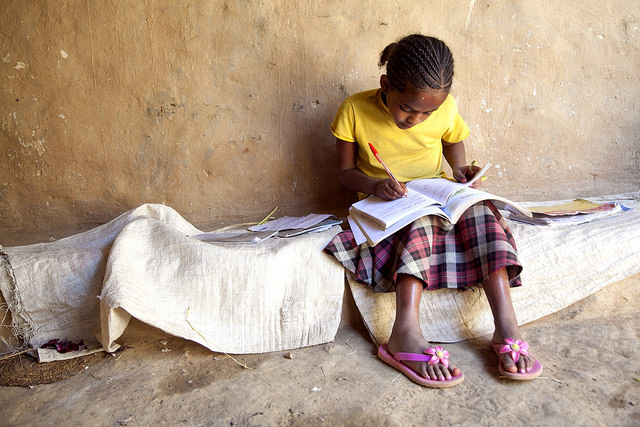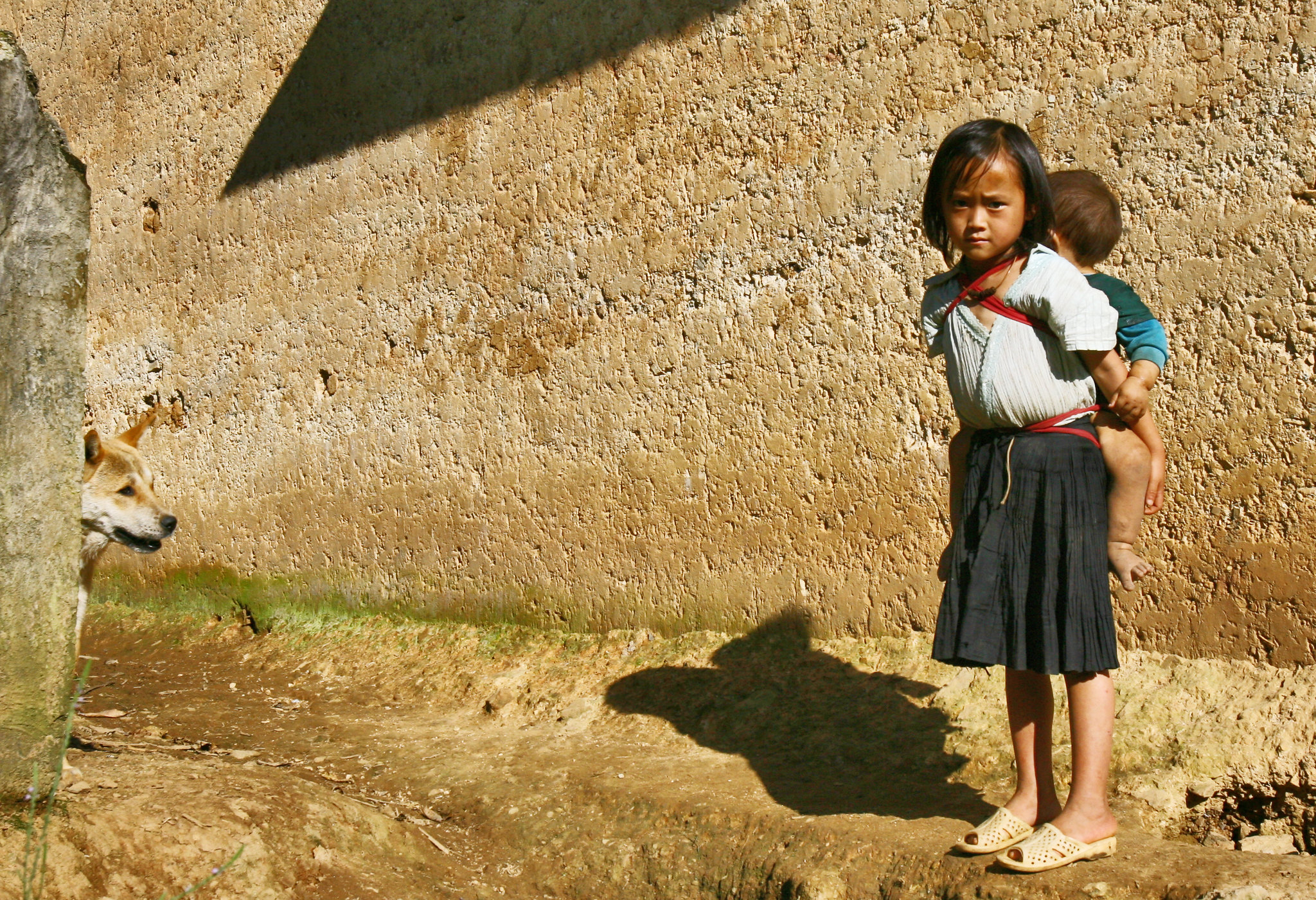
“Girls’ education…is a primary issue in terms of breaking the cycle of poverty,” says Carolyn Miles, the president and CEO of the group Save the Children, and this is especially true of girls’ education in Vietnam. Save the Children works in more than 120 countries to improve the lives of children and young people.
In Lao Cai province, one of the poorest regions in Vietnam, a significant number of girls lack access to basic needs. These needs include clean drinking water, toilets and basic education. Moreover, many women in the province suffer heinous human rights violations and have the highest illiteracy rates in Vietnam. Data show at least half of children 10 years old and older in Vietnam are illiterate. In fact, the illiteracy rates for girls are higher when compared to boys.
In primary school, girls’ education in Vietnam sees a high enrollment rate. However, it also sees a low attendance rate. In addition, many girls ultimately drop out of school. In more rural areas of Vietnam, low attendance rates increase due to lack of transportation. Transportation faces challenges like distance and damaged roads from wars. Furthermore, costs prevent many girls from continuing education in Vietnam. These costs include tuition and fees, plus textbooks, which are not free at secondary and tertiary levels. Instead of sending girls to school, many families more them to work and help the family. As a result, the Vietnamese government has been prioritizing gender equality and strategizing to improve girls’ education in Vietnam.
Making Improvements
The government of Vietnam has shown commitment to prioritizing and promoting gender equality. Nevertheless, the improvement of girls’ education in Vietnam remains a work in progress. To improve this, the Vietnamese government partnered with UNESCO and other developmental organizations. In particular, the Vietnam Ministry of Education and Training worked with UNESCO to establish the Gender Equality and Girls’ Education Initiative in Vietnam under the UNESCO Malala Fund for Girls’ Right to Education.
The Gender Equality and Girls’ Education Initiative in Vietnam gives girls and women a platform in Vietnam to fight for their human rights. For instance, the initiative provides education, raises awareness and teaches leadership training.
As listed on the UNESCO page, the objectives of the initiative are:
-
“Reinforce gender equality in the Education Sector planning and management to empower girls and women.”
-
“Enhance the capacity of education officials, teachers and experts to mainstream gender equality in curriculum and teaching practices.”
-
“Raise awareness of students, parents, community members and the media to support the enabling environment for girls’ and women’s education and gender mainstreaming.”
UNESCO and other development organizations contribute to fostering a supportive environment for girls and women in Vietnam, especially within the educational setting. In Vietnam, UNESCO aims to create a fair environment where males and females both have a future and benefit from an equal-gender system of education.
– Fifita Mesui
Photo: Flickr

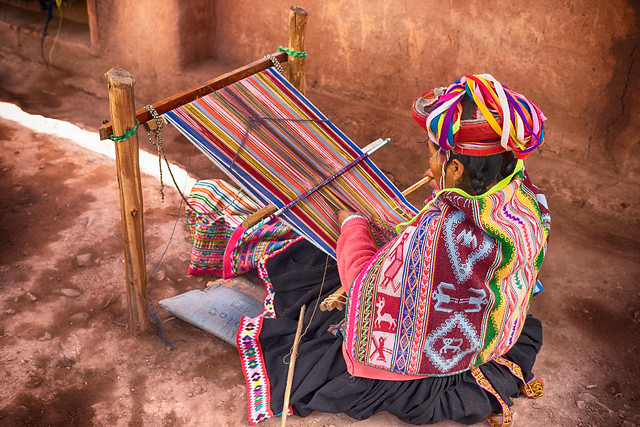 Fair Trade is a buzzword these days, but what impact does it really have? As fair trade business models are around longer and grow in popularity, there is time to assess what positive impacts they actually have. The U.K.’s Ethical Trading Initiative is an alliance of organizations that work together to promote and support ethical codes of labor throughout the supply chain. Impacting the lives of more than 10 million workers every year,
Fair Trade is a buzzword these days, but what impact does it really have? As fair trade business models are around longer and grow in popularity, there is time to assess what positive impacts they actually have. The U.K.’s Ethical Trading Initiative is an alliance of organizations that work together to promote and support ethical codes of labor throughout the supply chain. Impacting the lives of more than 10 million workers every year,  In 1991, The Unrepresented Nations & Peoples Organization (UNPO) was founded in The Peace Palace in The Hague, Netherlands. The
In 1991, The Unrepresented Nations & Peoples Organization (UNPO) was founded in The Peace Palace in The Hague, Netherlands. The 